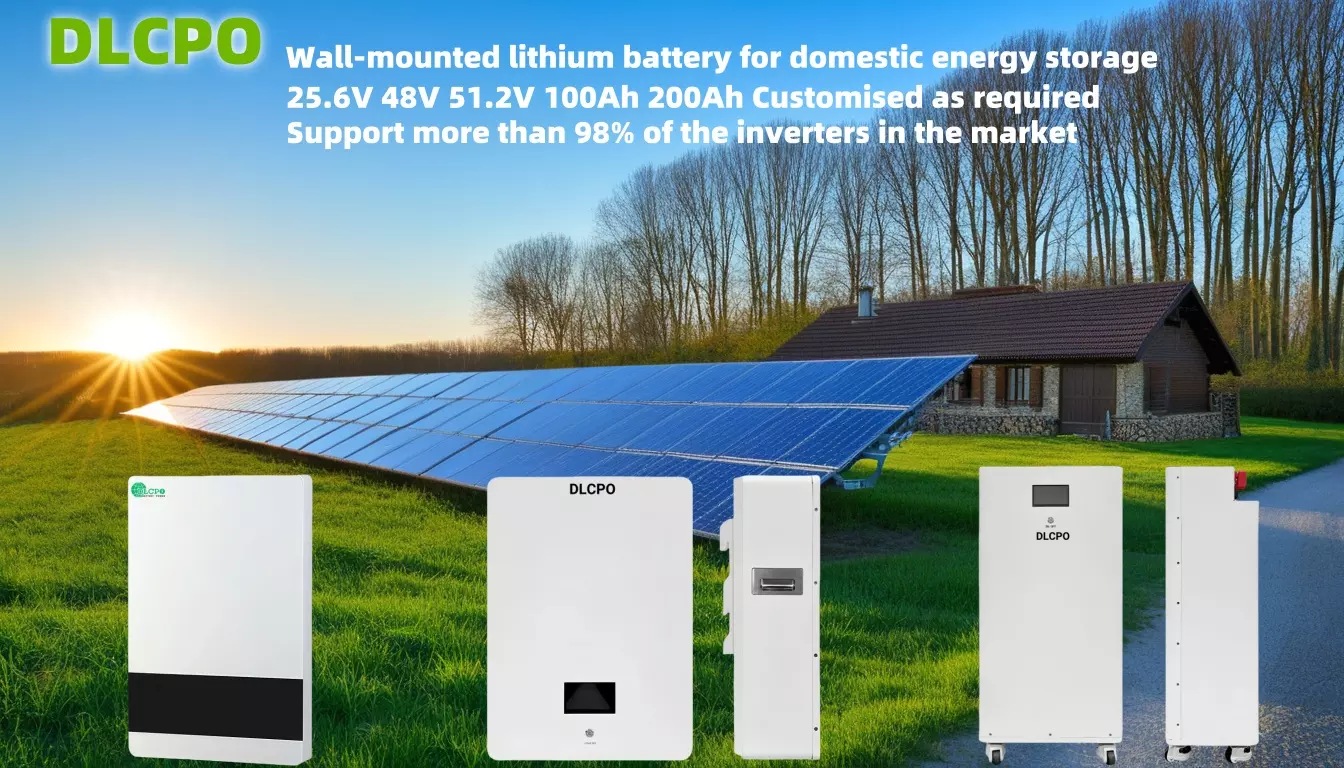
What is Solar Battery?
As a champion of clean energy, solar power earns high praise from environmentalists for its eco-friendly benefits. However, the unpredictability of weather—cloudy days, wind, and rain—presents challenges for consistent solar energy production. This is where solar batteries come into play, ensuring power availability even when the sun doesn't shine.
Photovoltaic Off-Grid Power Generation Systems: Harnessing Solar Energy
A photovoltaic off-grid power generation system employs the photoelectric effect to transform solar energy into usable electrical energy. It typically consists of several key components:
-
Solar Panels: The core components that capture sunlight and convert it into direct current (DC) electricity.
-
Charge Controllers: Devices that manage the flow of electricity from the solar panels to the batteries, protecting them from overcharge.
-
Battery Packs: Energy storage units that hold the converted electricity for use when solar power production is low or unavailable.
-
DC/AC Inverters: Essential for converting DC power from the solar system into alternating current (AC) power, compatible with household appliances and the electrical grid.
Solar power systems are designed to efficiently convert and manage solar energy with the following components:
-
Solar Cell Components (Solar Panels): Convert solar energy into electrical energy to either supply power to loads or charge the battery pack.
-
Controller: Safeguards the battery pack by regulating the charging and discharging process, ensuring its longevity.
-
Battery Pack: Stores electrical energy for use during periods when solar panels are inactive, such as at night or during rain.
-
Inverter: Transforms direct current (DC) power into alternating current (AC) power, making it suitable for most household and commercial appliances.
Solar Storage Battery Operation Modes
Solar storage batteries operate in two primary modes:
-
Cyclic Use: Involves regular charging and discharging cycles to accommodate daily energy demands.
-
Float Charge Use: Maintains the battery in a state of charge to counteract capacity loss due to self-discharge, ensuring a consistent energy reserve.
Battery Types in Photovoltaic Systems
-
VRLA (Valve-Regulated Lead-Acid) Batteries: Known for their sealed, maintenance-free design, suitable for recycling methods.
-
LiFePO4 (Lifepo4) Batteries: Offer advantages such as longer cycle life and higher safety, also used in photovoltaic power generation systems.
DLC Power's Comprehensive Solar Battery Storage Solutions
DLC Power offers a complete range of solar battery storage systems to cater to diverse customer needs:
-
LiFePO4 Batteries: High-performance batteries with a focus on safety and environmental sustainability.
-
Battery Management System (BMS): Ensures optimal battery performance, safety, and extends battery life.
-
Enclosures: Provide protection and organization for battery packs and system components.
-
Accessories: Include all necessary additional components for a fully functional solar storage system.
